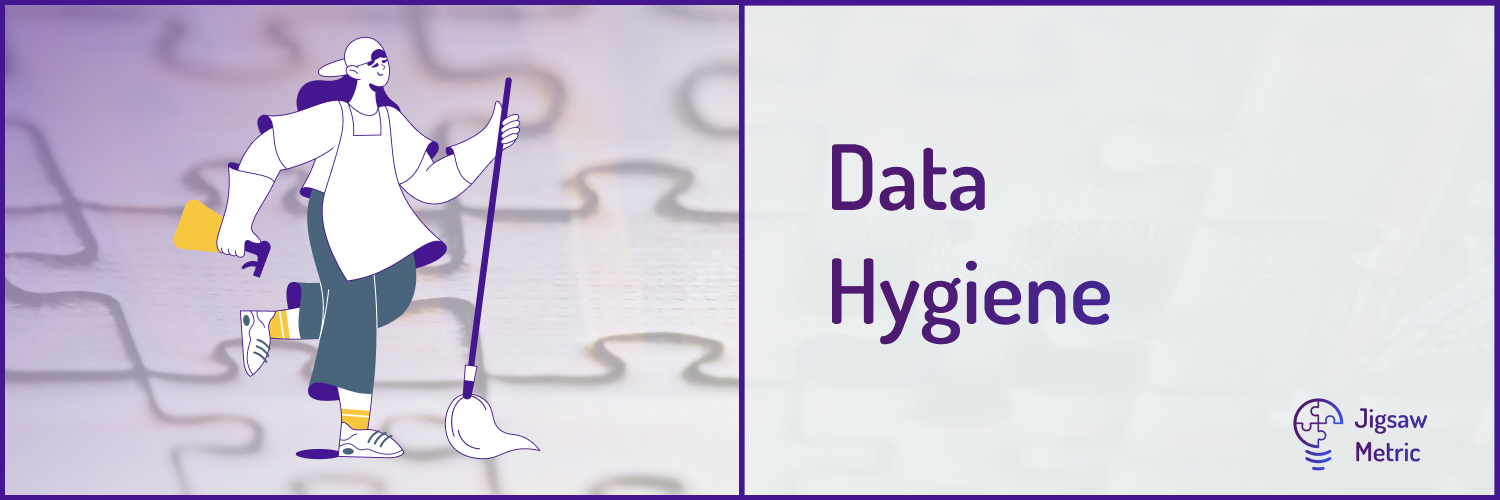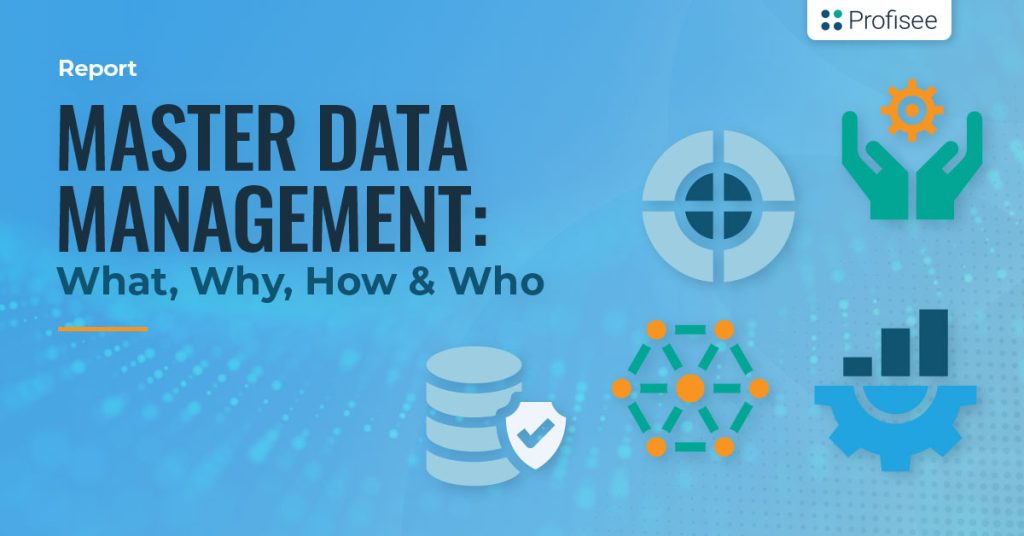Introduction
Data cleansing is a crucial step in the data analysis process that involves identifying and correcting or removing errors, inconsistencies, and inaccuracies in datasets. It is essential for ensuring the reliability and accuracy of insights derived from data analysis. In this blog post, we will explore some best practices for data cleansing that can help you obtain reliable insights from your data.
1. Define Data Quality Standards
Before embarking on the data cleansing journey, it is essential to establish clear data quality standards. This involves defining the criteria for accurate, complete, and consistent data. By setting these standards, organizations can effectively identify and rectify data issues.
2. Conduct Regular Data Audits
Regular data audits are essential to identify data quality issues and inconsistencies. These audits involve examining the data for errors, missing values, and inconsistencies. By conducting audits at regular intervals, organizations can proactively address data quality issues and maintain reliable insights.
3. Remove Duplicate Entries
Duplicate entries can significantly impact data accuracy and reliability. It is crucial to identify and remove duplicate records from the dataset. This can be achieved by using automated tools or manual verification processes. By eliminating duplicates, organizations can ensure that insights are based on unique and accurate data.
4. Standardize Data Formats
Data can be collected from various sources, leading to inconsistencies in formats. Standardizing data formats involves ensuring that data is consistently structured, labeled, and formatted. This practice enhances data accuracy and facilitates easy analysis and interpretation.
5. Validate Data Accuracy
Data validation is a critical step in data cleansing. It involves verifying the accuracy and integrity of data by comparing it against reliable sources or predefined rules. By validating data accuracy, organizations can identify and rectify any discrepancies, ensuring reliable insights.
6. Fill in Missing Values
Missing values can hinder data analysis and lead to inaccurate insights. It is essential to identify and fill in missing values using appropriate techniques such as imputation or estimation. By addressing missing values, organizations can ensure the completeness and reliability of their data.
7. Establish Data Governance Policies
Data governance policies provide guidelines and procedures for managing data quality.
Summary

Data cleansing is a critical process that helps in improving the quality of data by eliminating errors, inconsistencies, and inaccuracies. By following best practices for data cleansing, organizations can ensure that the insights derived from data analysis are reliable and accurate. This blog post will discuss some of these click for info best practices, providing you with valuable guidance to enhance the quality of your data and make informed decisions based on reliable insights.
- Q: What is data cleansing?
- A: Data cleansing is the process of identifying and correcting or removing errors, inconsistencies, and inaccuracies in a dataset to improve its quality and reliability.
- Q: Why is data cleansing important?
- A: Data cleansing is important because it ensures that the data used for analysis and decision-making is accurate, complete, and consistent, leading to reliable insights and informed business decisions.
- Q: What are some common data cleansing best practices?
- A: Some common data cleansing best practices include:
- Regularly validating and verifying data for accuracy
- Removing duplicate records
- Standardizing data formats and values
- Handling missing or incomplete data appropriately
- Applying data validation rules
- Using automated tools and algorithms for efficient cleansing
- Q: How can data cleansing improve data quality?
- A: Data cleansing improves data quality by eliminating errors, inconsistencies, and inaccuracies, ensuring that the data is reliable, consistent, and up-to-date. It helps in maintaining data integrity and enhances the overall value of the dataset.
- Q: What are the potential challenges in data cleansing?
- A: Some potential challenges in data cleansing include:
- Dealing with large volumes of data
- Identifying and resolving complex data issues
- Ensuring data privacy and security
- Maintaining data consistency across different sources
- Balancing data cleansing efforts with time and resource constraints
- Q: How often should data cleansing be performed?
- A: The frequency of data cleansing depends on various factors such as the nature of the data, the rate of data changes, and the specific business requirements. However, it is generally recommended to perform data cleansing regularly, ideally as a part of routine data management processes.




